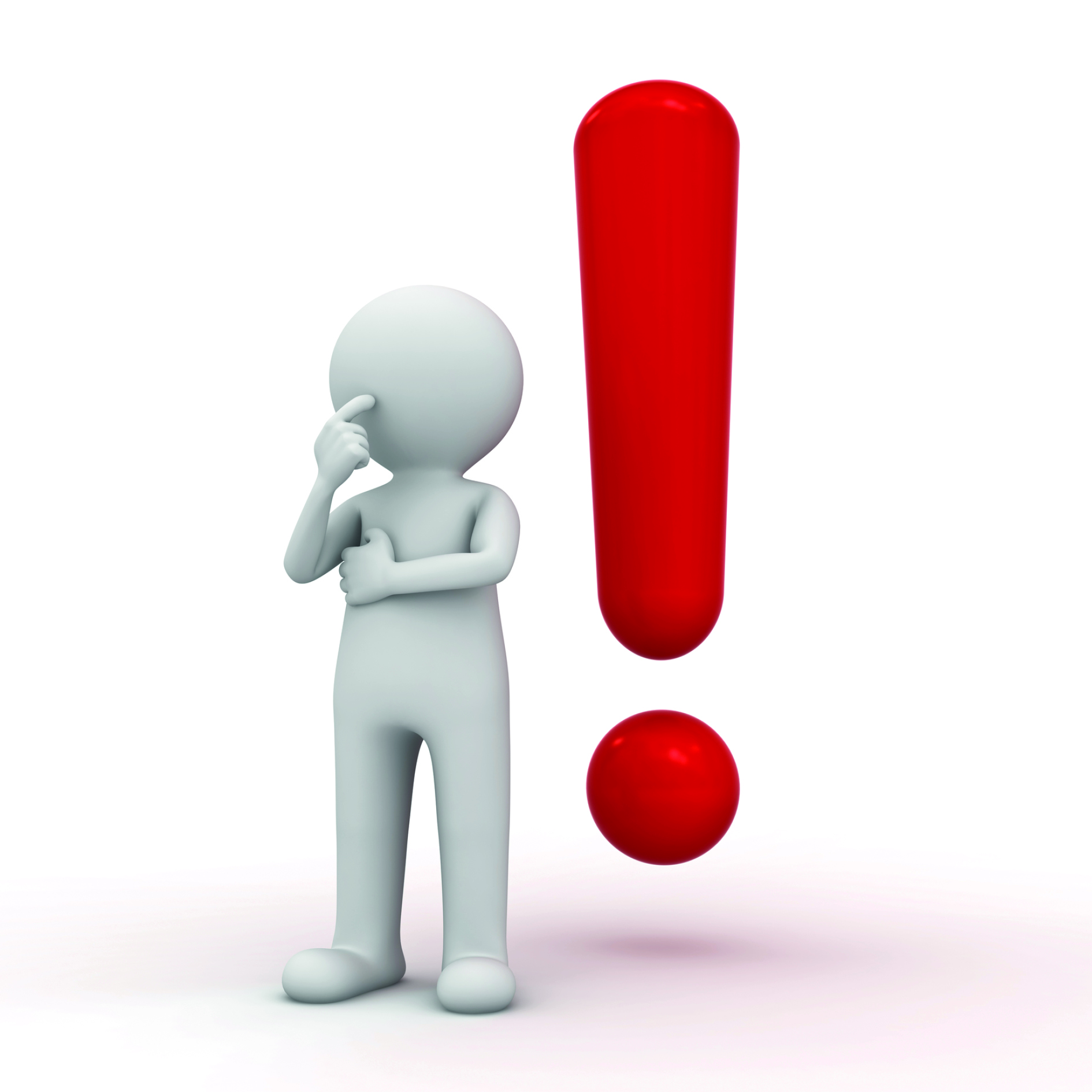
Second-fix self-editing with Scrivener: Punctuation
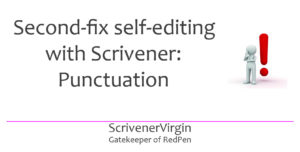
Punctuation has power!
As a writer, polishing your punctuation may seem a pain and punctuation may be the last thing on the list when it comes to editing, but …
- Aside from your choice of words, punctuation has the greatest power to change the impact of what you have to say.
- Punctuation can direct the reader to pause, or stop, and thus affect the pace at which your words are read.
Correctly used, punctuation can serve you well. Poor punctuation can cast doubt on your skills as a writer.
In this blog post, since punctuation might seem the dullest of dull topics, I’ve included some humour. Enjoy!
Earning respect as a writer
Your reader may or may not spot errors in your use of punctuation. Those who do might well think less of you, as a writer.
Apostrophes are a particular source of irritation for the reader who knows where they should be, but spots one that is out of place or missing.
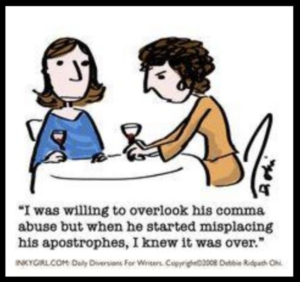
Exclamation marks can also be a bone of contention. 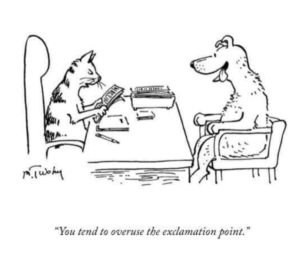
One is enough at the end of a sentence. Some readers would argue: one is enough per page!
Adhering to convention
When I was working as a freelance editor decades ago, I was often provided with a sample of an author’s work and asked to grade it: light edit, medium, or heavy. This determined how much time I’d need and how much it would cost the publisher. A manuscript that requires a heavy edit is unlikely to be acceptable to a publisher …
So, as a writer, there are some basic punctuation rules to follow which prove you understand the current state of the ‘game’ and mark you as a professional writer. Ignoring these rules might make you stand out as different, to be noticed, but, as with most rules, you need to understand them before you can progress to breaking them, especially if you are aiming for positive outcomes. Otherwise, your failure to follow conventional punctuation rules might work against you.
One such rule is the use of spaces.
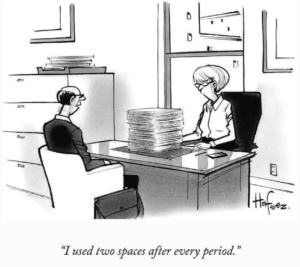
It used to be two after a full stop; now it’s only one. Luckily Scrivener provides Text Tidying tools which will strip out these superfluous spaces. Select Edit / Text Tidying / Replace Multiple Spaces with Single Spaces.
Clarity versus ambiguity
It’s not just down to using the right punctuation in the right place.
There are hundreds of examples where a misplaced comma – or an omitted comma – can introduce ambiguity, and sometimes induce humour.
Knowing where to put commas requires an appreciation of the many ways of constructing a sentence.
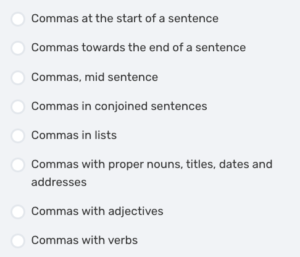
In my RedPen Editing course: Punctuation, I list the many uses of commas.
I also explain the special rules for using punctuation in dialogue and in lists.
You might also ask yourself these questions:
- When is it appropriate to use a semicolon (;) or a colon (:)?
- Should my dashes be spaced, or unspaced?
- And what length dashes should I be using: en or em?
In short, punctuation seems like a minor consideration. All the while, though, it’s a minefield for the uninitiated.
Decide to learn how to punctuate!
I was fortunate in that I was taught grammar at school. Various subsequent governments in the UK have adopted different approaches to teaching grammar. Some ‘experts’ argue that worrying about spelling, punctuation and grammar stifles creativity. Net result? A generation of school children who may be more creative but struggle when it comes to creating a polished piece of written work.
But, you can learn the rules … You might invest in a book like Lynne Truss’s classic book Eats Shoots and Leaves.
And/or take my RedPen Editing course: Punctuation. In that, I recommend three other books for the serious writer/editor:
- The Oxford Dictionary for Writers and Editors – which is only available as a hardback book – has a section for punctuation which runs from page 329 to page 332 in my 1981 edition.

- In Judith Butcher’s Copy-editing: The Cambridge Handbook for Editors, Copy-editors and Proofreaders, the section on punctuation is small but this book includes a lot of information about the publishing process.
- The Chicago Manual of Style offers a subscription to their online resource.
For anyone needing help with the basics of grammar, check out Elizabeth O’Brien’s Grammar Revolution.
She has a wonderful way of teaching.
Scrivener tools for improving punctuation
I already mentioned the Text Tidying tools which will strip out superfluous spaces. There are other Text Tidying tools; this blogpost explains them.
Within my RedPen Editing course Punctuation, I draw attention to these three Scrivener tools, all of which I think are indispensable when editing.
- The Search tool could be used to locate particular punctuation marks.
- You can set up collections of documents which contain particular punctuation marks.
- The Linguistic Tool can be used to highlight parts of speech, such as dialogue.
Questions about Scrivener?
Need a helping hand with Scrivener tools? Want a demo? Book your own Simply Scrivener Special session with me, at a time to suit you.
And, if you need a steer on how to improve your punctuation, check out my RedPen Editing course. Join RedPen Editing and enjoy a 5-day editing taster course for free.
The ScrivenerVirgin blog is a journey of discovery:
a step-by-step exploration of how Scrivener can change how a writer writes.
To subscribe to this blog, click here.
Also … check out the Scrivener Tips
on my ScrivenerVirgin Facebook page.


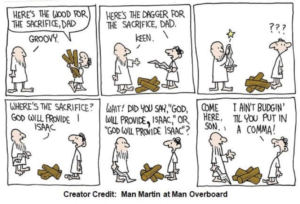
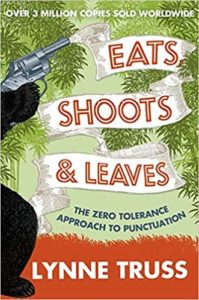
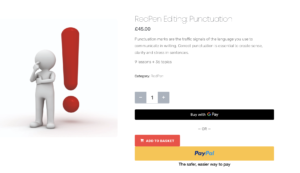
No Comments